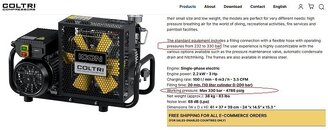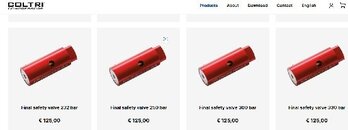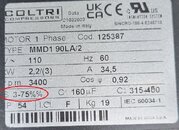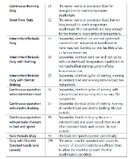diversity
Registered
Hello All. I've scoured the internet and my owners manual looking for a duty-cycle rating for my Coltri Icon LSE 100 (3.5 cfm, 120V AC). I only build pressure to 3500 psi for HP steel tanks (no paintball 4500). The only thing the manual states, is that if it is a 3-Phase motor model, then the max run-time should be 100 minutes on, 30 minutes cool-down. This implies a 77% duty cycle for 3-phase, and 100% for single phase. Google search (AI) responds with a 100% duty-cycle. So my question is for those who operate a 4-stage ColtriI Icon, or formerly named MCH__.
What is the longest duration you run the electric compressor of similar Coltri model at a time, on a regular basis? Any signs of heat/performance issues due to this?
I put together a manifold to fill more than 1 tank, and of different sizes, so that they all finish filling together, and don't waste air and time purging & filling several hoses, disconnecting, reconnecting, etc., but it will require running close to 2 hours. All my tanks are 3,442, so no issues there.
Thank you in advance.
What is the longest duration you run the electric compressor of similar Coltri model at a time, on a regular basis? Any signs of heat/performance issues due to this?
I put together a manifold to fill more than 1 tank, and of different sizes, so that they all finish filling together, and don't waste air and time purging & filling several hoses, disconnecting, reconnecting, etc., but it will require running close to 2 hours. All my tanks are 3,442, so no issues there.
Thank you in advance.










